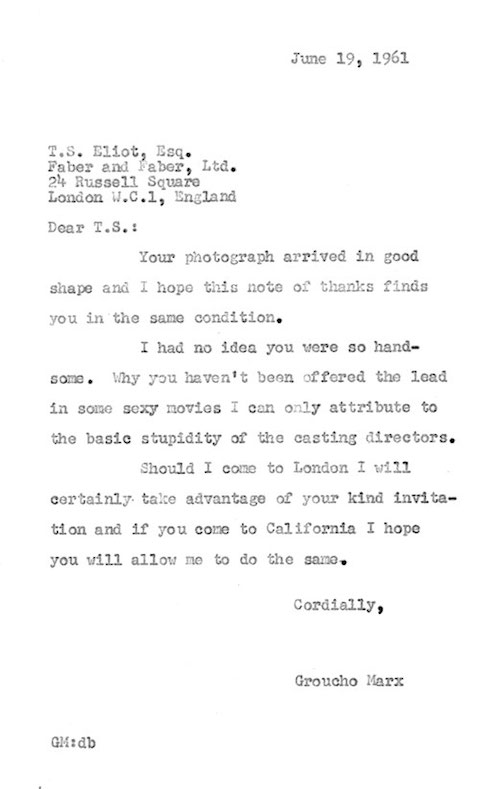You may have read Allen Ginsberg’s final poem “Things I’ll Not Do (Nostalgias)” when we featured it last month. In it, the leading Beat poet, nearing the very end of his life, lists off all of the people, places, and things he knew he would never see, visit, and do again. But a practicing Buddhist such as Ginsberg certainly wouldn’t have viewed the event of his death with total finality. What, then, happened to him after April 5th, 1997, when his official biography came to a close? Here we have one attempt at an answer by Lithuanian avant-garde luminary Jonas Mekas (who, incidentally, happens to remain active in this mortal coil today at the age of 91). Mekas documentary Scenes from Allen’s Last Three Days on Earth as a Spirit observes Ginsberg’s Buddhist wake and collects memories and impressions from his friends and collaborators, Mekas himself included.
The scenes occasioned by Ginsberg’s death slant, perhaps unsurprisingly, toward the artistic and literary: musician Patti Smith, poet Gregory Corso, writer Amiri Baraka, visual artist Hiro Yamagata, and poet Anne Waldman all make appearances. You can watch an excerpt of the film above and its 67-minute entirety on Ubuweb. (Also find the film listed in the documentaries section of our collection of Free Movies Online.) Allen’s Last Three Days on Earth, a kind of video diary as well as a memorial statement, gives as much insight into Mekas’ perspective as it does to Ginsberg’s existence. By the time of Ginsberg’s passing, Mekas’s body of work included “two narrative films and nearly twenty years’ worth of private recordings,” at which point he had “decided to make feature films from his home movies.” That description comes from Aaron Cutler in The Believer, writing on Mekas’ methods of turning into “oppositional cinema” records of his life spent immersed in the art world. Such a practice captures many important questions, often inadvertently. In this case, one in particular has left me thinking: what on Earth would Allen Ginsberg have reincarnated as?
Related Content:
Read Allen Ginsberg’s Poignant Final Poem “Things I’ll Not Do (Nostalgias)”
Hear the Very First Recording of Allen Ginsberg Reading His Epic Poem “Howl” (1956)
Colin Marshall hosts and produces Notebook on Cities and Culture and writes essays on cities, Asia, film, literature, and aesthetics. He’s at work on a book about Los Angeles, A Los Angeles Primer. Follow him on Twitter at @colinmarshall or on his brand new Facebook page.


